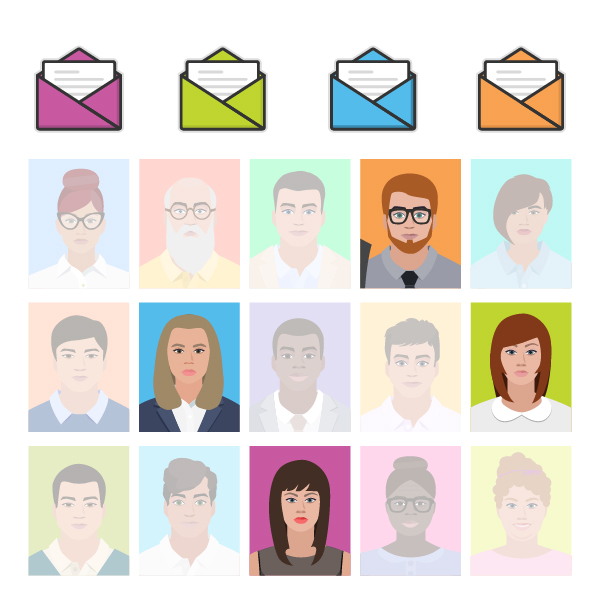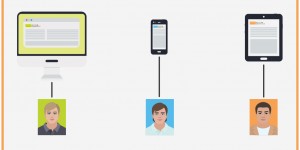Let’s imagine two scenarios and apply them to nonprofit fundraising. You are walking down a busy city street, where a disheveled looking person stands against a building. He solicits donations through mass appeal, asking each passer by the same question, “got any change?” In the second scenario, you walk down the same street. This time, a different person strums a song on a guitar, with their hat turned over in front of him to accept tips. It just so happens he is preforming one of your favorite childhood songs. Though you know nothing about this individual, you feel a personal connection with the music.
So, who would you be more likely to give your hard-earned money to? The first person, who tried his luck in the numbers game, greeting each individual with the same message, over and over? Or the second, who’s song cut through all the city noise and spoke to you on a personal level? Probably the second one, right?
What Does This Have to Do with Nonprofit Fundraising?
Though you never spoke to the guitarist, something about his message struck a chord with you. You felt a connection which stood out amidst all the noise on a crowded street, fueling your desire to give. Like the guitarist, the most successful fundraisers also know that if they can make a personal connection with their audience, they will have a much higher success rate when it comes to acquiring and retaining donors as opposed to reaching out to each unique individual with a boilerplate message.
In this simplified example, the guitarist may not interact with as many people as the common beggar. However, the people that do approach him are doing so for a reason. They feel a connection to his music. The guitarist has made a more meaningful impact on people who now relate to him on a more personal level. As a result, the guitarist will likely have more money in his hat at the end of the day than those who apply the mass appeal strategy.
Like the guitarist, the most effective nonprofit fundraising organizations do not just reach out asking for money. They seek to connect with individuals who have something in common, build a relationship, and work towards a shared goal. Organizations that see their donor bases as more than transactional opportunities are far more successful in fundraising. Nonprofits that successfully build relationships with their donors find people want to work with them and are excited about their activities. Fostering a personal connection leads to increased volunteer interest, more consecutive gifts and improved stewardship.
How Personalization Brings Nonprofits to the Next Level
When it comes to nonprofit fundraising, organizations can take their relationship building a step further than just initial impressions. Unless you walk the same street every day, you may not even see the guitarist again. However, making an impression is just the first step. Unlike a street performer, a nonprofit will seek to continue building a relationship with donors over time. These organizations can use personalization to continue engaging with their donor base on a higher level and develop partnerships with a shared goal, idea, or mission in mind.
Even if your organization has not built up a treasure trove of data, you probably have enough to get started while you continue collecting more information. In time, you will be able to create even more powerful fundraising collateral as you gather more data. Successful implementation of personalization strategies result in better donor retention and increased giving over time.
We will explore how the most successful nonprofits use specific data in their personalization efforts and their methods, including versioned and variable content, in future blog posts. So make sure you keep your eyes on actiongraphicsnj.com and our social channels for the next entry in our series on personalized content.







